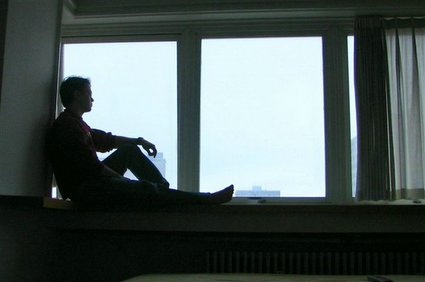An Evening in Old Delhi
I had been thinking about going to Old Delhi for quite some time now. Having read so much about the Iftar celebrations in the walled city area, when muslims pray , break the roza and go onto consume delicacies, I certainly wanted to experience it. So a good friend P, who shares an equal (if not more) enthusiasm for food, and I headed to spend an evening in Old Delhi on Sunday.
 The roza is the fasting during the holy month of Ramadan when devout muslims observe daylong fast from dawn to dusk, without even a drop of water. A small breakfast before sunrise which is known as Sehari and a feast after sunset, known as Iftari.
The roza is the fasting during the holy month of Ramadan when devout muslims observe daylong fast from dawn to dusk, without even a drop of water. A small breakfast before sunrise which is known as Sehari and a feast after sunset, known as Iftari. The road outside the Gate No 1 of Jama Masjid was jam-packed. Vehicles, mostly rickshaws, were lined bumper to bumper. A vast multitude of people here, heading off with their families to shop and eat. We deftly make way to Karim hotel and wait for our turn to be seated. Over here one can see variety of people. Foreign tourists digging into kababs and tikkas after thoroughly examining them, families of people enjoying the elaborate and lavish meal after the roza, young people out there to grab a bite, waiters running in loaded with dishes. The crowd was heterogeneous, the service quick and the food Y-U-M-M-Y.
The road outside the Gate No 1 of Jama Masjid was jam-packed. Vehicles, mostly rickshaws, were lined bumper to bumper. A vast multitude of people here, heading off with their families to shop and eat. We deftly make way to Karim hotel and wait for our turn to be seated. Over here one can see variety of people. Foreign tourists digging into kababs and tikkas after thoroughly examining them, families of people enjoying the elaborate and lavish meal after the roza, young people out there to grab a bite, waiters running in loaded with dishes. The crowd was heterogeneous, the service quick and the food Y-U-M-M-Y. On the streets it's a party of sorts and people have come out to enjoy. Mounds of sevaiyaan and other sweets, dry fruits, footwear, clothes, bangles and a whole lot of things.
On the streets it's a party of sorts and people have come out to enjoy. Mounds of sevaiyaan and other sweets, dry fruits, footwear, clothes, bangles and a whole lot of things. The 100 watt bulbs bathing the shops in a yellow hue. Shoppers bargaining with the shopkeepers over the price of their purchases. Happy smiling faces, twinkling eyes behind the hijab, its all happening here. The area seems like a bouquet of vibrant colours, sound and flavors.
The 100 watt bulbs bathing the shops in a yellow hue. Shoppers bargaining with the shopkeepers over the price of their purchases. Happy smiling faces, twinkling eyes behind the hijab, its all happening here. The area seems like a bouquet of vibrant colours, sound and flavors. 
 After Karims it was Rabri at the roadside Kallan Sweet Shop where I tried my hand (unsuccessfully) at reading the urdu written on the board, much to the amusement of the shopkeeper as well as P.
After Karims it was Rabri at the roadside Kallan Sweet Shop where I tried my hand (unsuccessfully) at reading the urdu written on the board, much to the amusement of the shopkeeper as well as P. Thereafter We headed for the Paranthewali Gali. The shops here are from an era of the badshahs and rajas, well before last century, being run by the 4th – 5th generation of owners. Each of the shop here must have around 20-25 variety of paranthas. We sampled the Matar parantha and Paneer paranth which were good. The paranthas are accompanied by aloo sabzi, seetafal sabzi, couple of chutneys, pickles and greenchillies. With modest prices and seating arrangements these shops are trying to lure the people into their establishments.
Thereafter We headed for the Paranthewali Gali. The shops here are from an era of the badshahs and rajas, well before last century, being run by the 4th – 5th generation of owners. Each of the shop here must have around 20-25 variety of paranthas. We sampled the Matar parantha and Paneer paranth which were good. The paranthas are accompanied by aloo sabzi, seetafal sabzi, couple of chutneys, pickles and greenchillies. With modest prices and seating arrangements these shops are trying to lure the people into their establishments.
Colorful skullcaps with ornate embroidery and exciting design patterns.
To most, Old Delhi may be a down market wholesale bazaar. However the erstwhile city of Shahjahanabad was once the epicenter of Hindustan. To some it still is!


